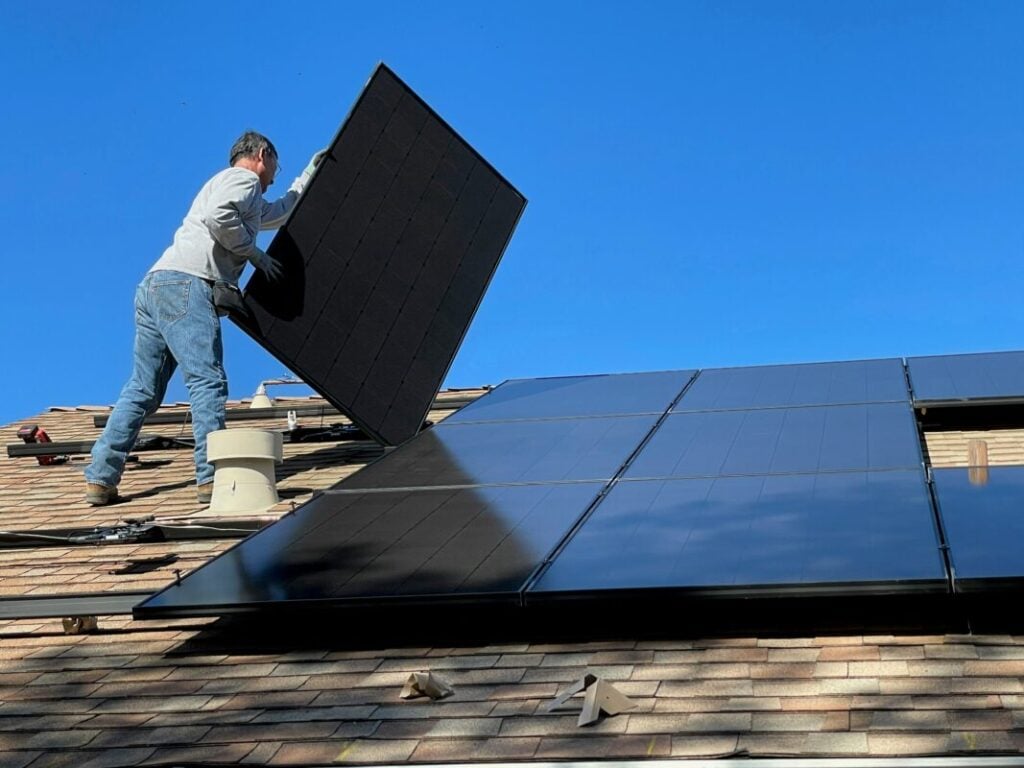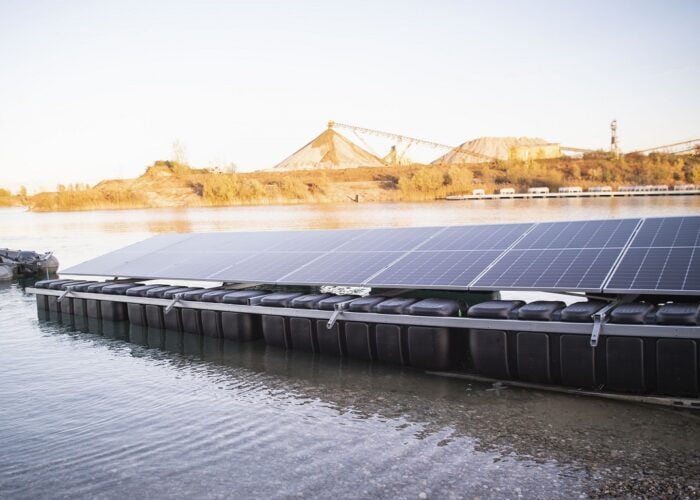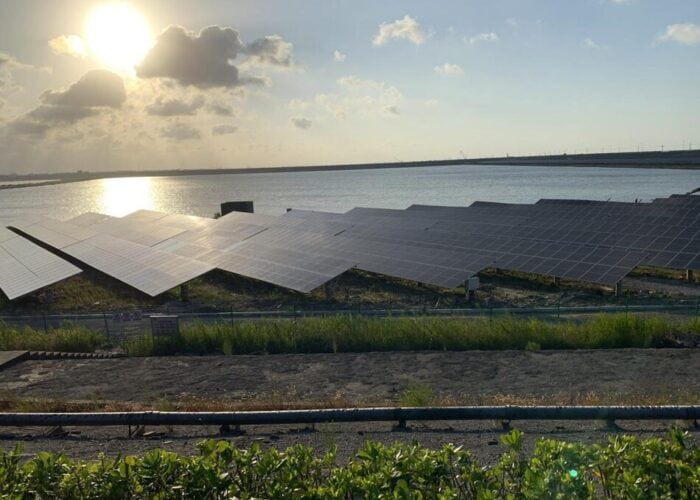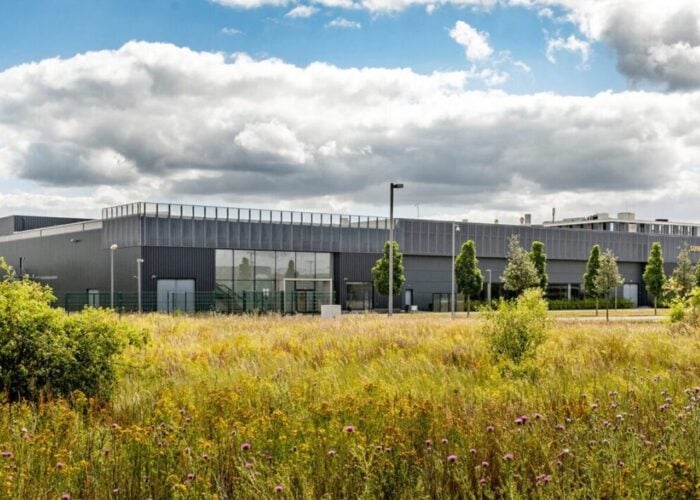
Dwindling stocks are causing concern in the European solar module market even as prices remained steady in March, according to the latest pv.index report from solar trading platform sun.store.
All solar module prices remained steady or edged slightly downwards from February to March 2025, the report said. N-type monofacial and bifacial module prices remained constant at €0.10/Wp (US$0.11/Wp) and €0.094/Wp respectively, which sun.store said reflects “a balance between demand and tightening supply for high-efficiency options.”
Unlock unlimited access for 12 whole months of distinctive global analysis
Photovoltaics International is now included.
- Regular insight and analysis of the industry’s biggest developments
- In-depth interviews with the industry’s leading figures
- Unlimited digital access to the PV Tech Power journal catalogue
- Unlimited digital access to the Photovoltaics International journal catalogue
- Access to more than 1,000 technical papers
- Discounts on Solar Media’s portfolio of events, in-person and virtual
Or continue reading this article for free
P-type monofacial products and full black modules edged slightly downwards in price by 1% and 3% respectively.
The last 12 months has seen module prices fall dramatically, as shown in the graph below. Since December there has been a broad increase in prices across technologies, with the exception of monofacial p-type modules, which are fading in popularity, and March represents the first broadly flat month for pricing in the last year.

Sun.store said that the price stabilisation in March belied significant changes in Europe’s module stock.
“Beneath this calm surface, stock levels are dwindling across Europe, leaving installers and engineering, procurement and construction companies (EPCs) scrambling to secure specific module types – particularly for commercial and industrial (C&I) and small utility projects,” the report said.
Krzysztof Rejek, VP of Sales at sun.store added: “We’re seeing a bottleneck emerge as stock levels drop. Demand is there, but availability isn’t keeping pace, particularly in key segments.”
Sun.store also published its Purchasing Managers’ Index (PMI), which charts the module buying intentions of over 600 buyers registered on its database. March’s PMI rating was 70, a slight decline from 73 in February but still a signal of “robust optimism among buyers”, the report said.
53% of European module buyers intend to increase their purchases over the next month, while 35% will maintain current levels and just 12% plan to buy fewer modules. This last figure has been constant throughout 2025 so far.
High efficiency and price ‘balance’
In its January report, sun.store observed price rises across the board, which it said heralded a shift towards higher efficiency modules at more balanced prices as excess, cheap stock reserves began to dwindle.
A report released earlier this week by energy market consultancy Clean Energy Associates (CEA) said that n-type modules have become the dominant product in Europe and rendered p-type PERC modules “all but obsolete”. CEA’s report attributed this to the steady flow of high-efficiency Chinese modules into Europe, the lowered price of which has been passed downstream to buyers and developers in energy yield and efficiency.
Sun.store said that JinkoSolar, the leading Chinese solar module manufacturer that has leant heavily into n-type module production over the last two years, was the most popular brand in Europe last month.







